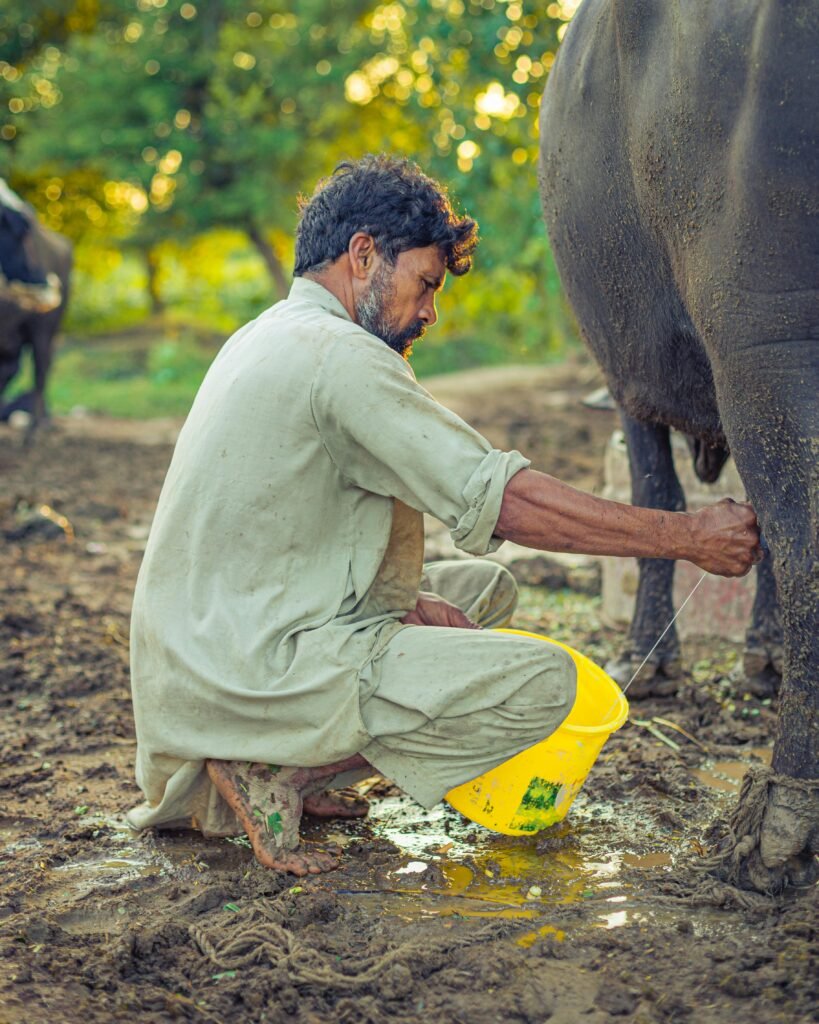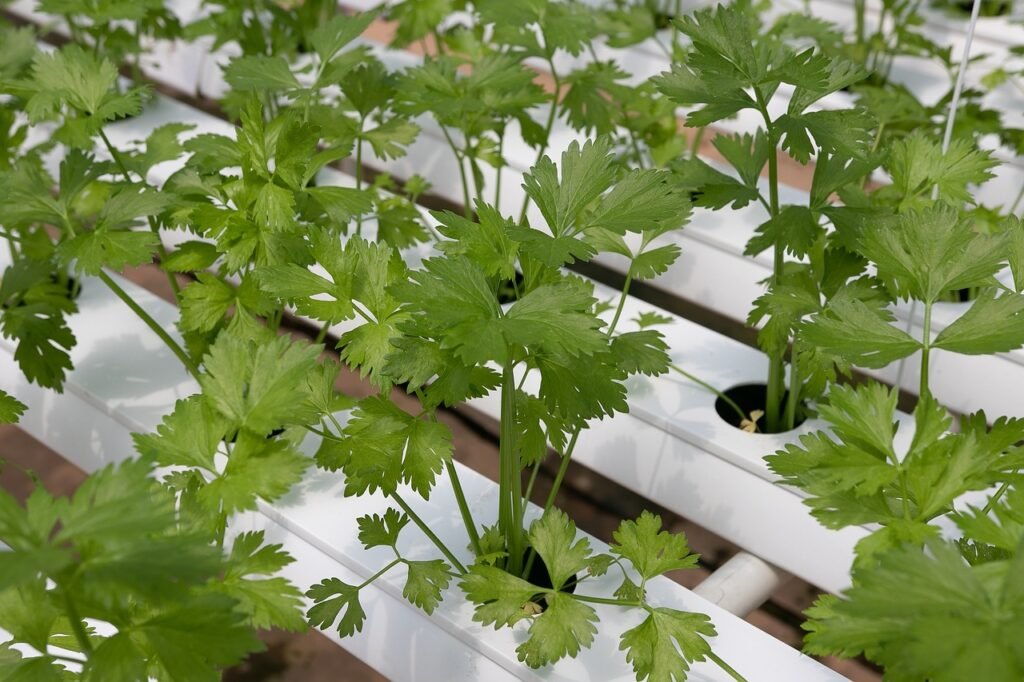Understanding the Indian Dairy Industry
The Indian dairy industry is one of the important industries in the country’s economy. It contributes around 4% to the country’s Gross Domestic Product. This sector is an important part of enhancing the livelihoods of many rural families, in terms of providing them with source of income and nutrition. Today, India has emerged as the world’s largest milk-producing country, exceeding 200 million tons a year, which is an outstanding achievement. This reflects the contribution of dairy farming toward the agricultural sector in India.
The major dairy products in India are milk, cheese, butter, yogurt, and regional specialties like paneer and khoya. Consumption of these products has been an integral part of the Indian diet and thus the source of constant demand for domestic markets. Apart from nutritional use, dairy farming also satisfies ancillary industries, such as transportation, processing, and retail.
The dairy sector is highly important, beyond the aspect of just the economy. It gives employment opportunities to many people. Dairy farming is a main source of livelihood for millions of families, particularly in rural areas. This sector empowers the women as well as uplifts the entire communities, helping in their social and economic development.
The dairy farming industry in India is also very varied, mainly due to climatic and geographical conditions of the country. The states in the north have more high-yielding crossbreeds, while the ones in the south have a more traditional farming system with indigenous breeds. This diversity in different breeds of dairy makes this industry more resilient. Common practices vary regionally, influenced by factors such as crop availability and local traditions. This makes the dairy industry very dynamic and adaptive to environmental changes.
Climate Change: What Does It Mean?
Climate change can be defined as long term changes in the temperature, precipitation, and other characteristics of the atmosphere at Earth. It is actually related with human actions which include emissions of carbon dioxide and methane into Earth’s atmosphere. This warming in the Earth’s atmosphere produces a series of effects that alter natural ecosystems and weather patterns. The major causes of climatic change today include burning fossil fuels, processes in industries, and deforestation.
Some of the significant implications of climactic changes in agricultural use and activities include those on farmers and dairy producers; especially those who rely much on stable weather conditions. Alteration in the patterns of rainfall, causing droughts and floods has been proved to affect greatly crop production and water supplies needed to maintain livestock. Increased temperature will also cause stress among animals, therefore lowering the productivity and alter the feed pattern, impacting milk yield.
The changes due to climate will also increase extreme weather phenomena like hurricanes and heat waves. These may result in severe destruction of the infrastructure, disruption of the supply chains, and cause heavy economic losses to the dairy industry. Adaptation measures like modification in breeding and improved water conservation practices would then be implemented by the dairy farmers to reduce impacts. Now, in order to make a proper strategy to fight this challenge, the stakeholders must understand fundamental aspects of climate change impacting the dairy industry.

Effects of Climate Change on Dairy Farming
Indian dairy farming is highly affected by climate change. It has been found that the most serious issue caused by climate change is heat stress on dairy animals. These animals significantly lose their productivity, especially due to high temperatures that decrease milk yields and make them more prone to disease, which increases the mortality rate in the livestock. Cows and buffalos, however, are very sensitive to heat for long durations and suffer from reproductive problems along with lower health standards.
It also changes the patterns of milk production. Irregular temperature and rainfall are factors that might impact the physiological health of dairy animals and lead to supplies of milk that are not consistent. Scientific research finds that climatic changes could reduce milk production in some areas by as much as 10-20%. This negatively affects not only the dairy farmer’s living but also the supply chain affecting consumers who depend on the constant availability of dairy products.
Climate change is also affecting the feed crops that form the basis of the dairy rations. Change in rainfall and warmer temperature influences crop growth and nutrient quality. This further makes feeding schedules complicated and adds cost to feed. In case there is a scarcity or an increase in the cost of feed, dairy farming becomes expensive and unsuitable for the farmer. In this regard, dairy farmers may get involved in unsustainable practices such as overgrazing or taking shortcuts in animal husbandry. Through such practices, the final quality of the product is affected since they would try to cut costs in order to stay profitable.
Given these circumstances, the dairy industry in India has to adapt to this changing climate conditions. Innovative practice and technology implementation can help the stakeholders to fight this challenge. Thus, dairy farming will then be viable even in this more uncertain future.

Adaptation Strategies for the Future
India’s dairy industry faces a high level of risk due to climate change and requires adoption of adaptation strategies to keep it sustainable. Some of the key practices are better animal husbandry. On dairy farms, animals’ health and productivity can be improved through better nutrition regimes and veterinary care. Attention to dairy cow and buffalo welfare would help to reduce the adverse effects of climate-related stressors like heat and feed scarcity.
The second approach would be using breeds that are climate resilient and well suited for extreme conditions. Crossing these genetically improved breeds with the local varieties may improve the resilience of dairy animals in areas where temperatures are expected to rise and water sources become scarce. Genetic improvement helps increase productivity while reducing emissions from greenhouse gases, a direct consequence of poor breeding techniques.
Dealing with challenges of climate change requires dairy farmers to adopt effective water management techniques. Dairy farms have to practice rainwater harvesting, efficient irrigation systems, and recycling of wastewater for cleaning and other agricultural uses. These measures help in sustainable usage of water and ensure continued dairy operations even during dry periods.
Another strong adaptation strategy is the integration of technology into farming activities. Precision agriculture tools enable close monitoring of environmental conditions and optimization of feed input and resource use with minimal waste. Also, digital platforms can connect farmers with market information. This will allow them to make informed decisions to drive production according to trends based on demand set by the prevailing climate conditions.
Lastly, community support and encouraging government policies that favor sustainability in the dairy industry should be encouraged. The collaboration among communities will promote knowledge and resource pooling. On the part of the governments, they should ensure policies to promote organic farming and a reduction in carbon footprint. In sum, all these will make it possible for the Indian dairy sector to survive climate change.
Do share your thoughts by commenting below.






